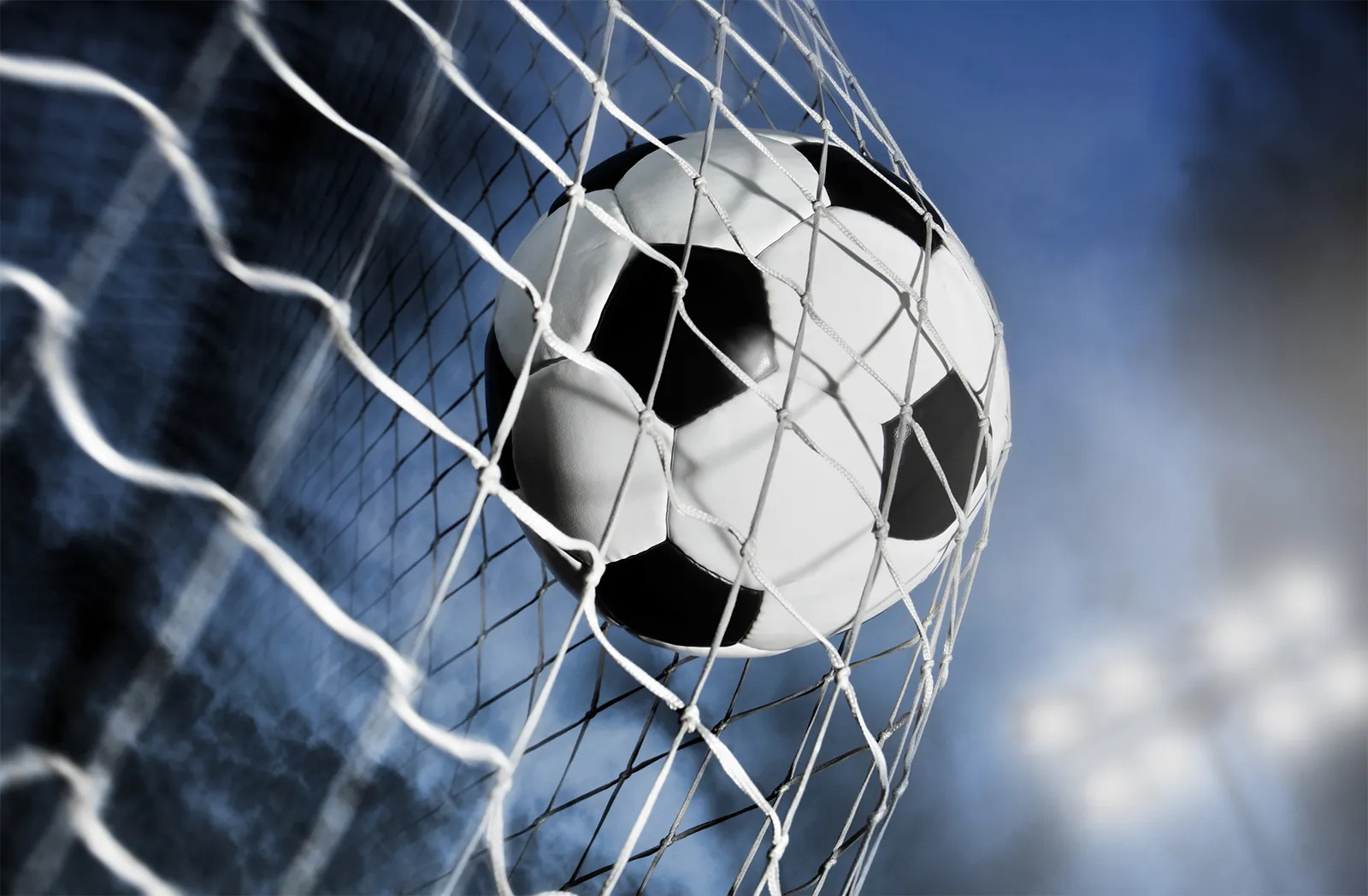A famous Hawthorne coach named Alan Jeans had this idea that he continued to drum into his players. There are only two positions on the field. You will be both a defender and an attacker. If your team has the ball you become an attacker no matter where you are on the field. That means get yourself in a position to get the ball. If the opposition has the 스포츠축구중계, or the football is in dispute, you become a defender, again no matter where you are on the field.
So you cover your opponent. A player who can understand this idea and can put it into practice; becomes a very valuable addition to his team.When the football is in dispute or the game is to restart at the centre square:When the game restarts, position yourself between your opponent and the ball. Place a hand on his/her chest so you know where he/she is. Once the ball is in play use your hand on your opponent’s chest to push off your opponent to get a head start towards the football onto the next contest or to give a lead for your team mate.
Try to anticipate where the football will be kicked and, by watching the ball carrier, anticipate when he is ready to deliver the football. That is when you should lead. Remember to lead strongly even if you believe you will not receive the football. This keeps your opponent’s mind on you and not the football. If you don’t receive the football, be ready to back up the play I. e. run to the contest to offer support to your team mates or take the “crumbs” from the contest.
Once you have the football and if you are clear, run hard into space, immediately to get away from your opponent. Run 15 metres before you bounce the football. Then continue to run getting yourself balanced before kicking the football towards a leading player. (This means you can run up to 30 metres from one bounce). Make sure you kick the football in front of the leading player on the opposite side to the defender who is chasing your team mate.
Always follow you kick towards the contest to swoop on the ball if it is spilt in the marking contest. If the ball is marked, run past to receive a handball.
If you are clear but being chased, weave to get the chaser directly behind you. You then have control of the chaser because you can swerve either way. Being directly behind you means he can’t shorten the distance to catch you if you swerve.
If the ball falls to the ground in front of you or you are chasing the ball into space, and are unable to pick up the football, you must keep pushing the football in front of you until it bounces up ready to catch or you might kick the football off the ground towards your goals or a team mate.
When you are in defence mode:
If your opponent has the ball and you are chasing him/her, try to run a line on the corridor side of the player. What this does is to force him/her towards the boundary meaning he/she has to run further to get towards the goals as well as making a kick for goal more difficult.
When you are running with your opponent towards the ball, always try to get yourself between him and the football. Then, when you are a couple of metres in front of the football, bump him/her away from the football to allow you freedom to pick up the ball. When you get the ball, you should move the football towards the boundary. I. e. you defend towards the boundary as a general rule.
If you find yourself behind in a marking contest try to punch the ball away and chasing it to get possession of the football. If you spoil the mark by punching you will know where you are punching the football. So you have the advantage of knowing where the football will go. As a general rule, you should punch towards the boundary line.
If you are beaten to the ball and you are chasing your opponent, continue to chase even if you cannot catch him/her. Knowing that you are still chasing him/her puts pressure on him/her and often makes his delivery of football less accurate. If you do catch him/her, tackle either to hold the ball in the tackle or aim to dispossess the player if your team mates are nearby ready to gain the ball and attack.
